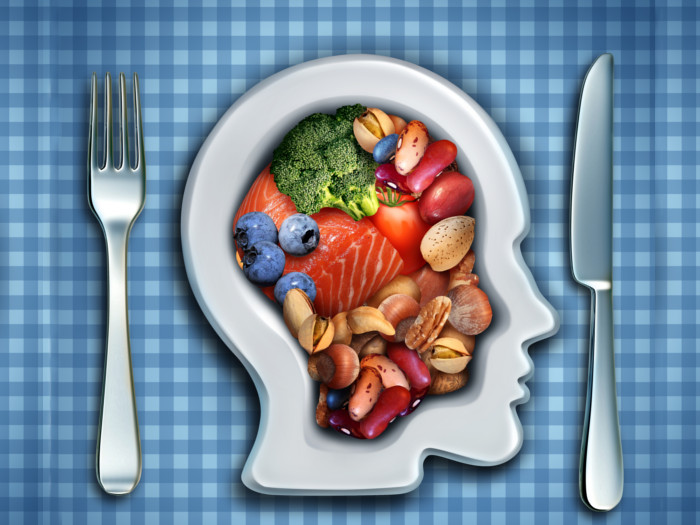MIND Diet Meal Plan

What is the MIND Diet?
The MIND diet is a combination of two popular diets, the Mediterranean Diet and the DASH Diet, and is designed to improve cognitive health and prevent neurodegenerative disease as you age. The two diets that contribute to the MIND diet are both known to improve heart health, diabetic risk, and chronic disease vulnerability, but the combination diet is specifically geared towards antioxidants that can protect neural pathways and prevent plaque deposition.
This diet is known to treat Alzheimer’s and also reduce the risk of developing this condition, but it can also help you lose weight and eliminate some risk factors that can contribute to cognitive disease. This diet pulls many of the best brain-boosting foods from the Mediterranean diet and DASH diet but has few other strict guidelines. Basically, the diet requires that you increase your intake of 10 key food groups. Foods that are rich in healthy fats and antioxidants make up most of this diet, as these foods can lower inflammation and neutralize the activity of free radicals, which can cause neurodegenerative and chronic disease.

MIND Diet Meal Plan
If you are going to follow the MIND diet, a one-day meal plan may look something like the following:
Breakfast: Scrambled eggs, kale pesto sauce, cherry tomatoes, 1 slice of whole-grain toast and 2 slices of melonLunch: Chicken salad with spinach and cucumbers, and a honey mustard vinaigretteDinner: 5-ounce salmon fillet, broccoli, 1/2 cup of brown rice and 1 glass of red wineSnack: 1/2 cup of almonds or walnuts, 1 cup of blueberries
MIND Diet Foods
The key to following this diet is to increase your intake of 10 key food groups, including leafy green vegetables, berries, whole grains, wine, and beans, among others.
Foods to Eat
Leafy green vegetablesNutsBerriesNon-starchy vegetablesOlive oilWhole grainsFishBeansPoultryWine
Foods to Avoid
CheeseRed meatFried foodsButterStick margarinePastries and sweetsJunk food
Health Benefits
The many impressive benefits of a MIND diet include:
Preventing cognitive declineReducing your risk of neurodegenerative diseaseWeight lossLowering inflammation throughout the bodyPreventing oxidative stressReducing risk of neurodegenerative diseasePreventing diabetesReducing symptoms of arthritis and goutTreating headaches
Most of the foods that are included in this diet are rich in antioxidants, including polyphenols, anthocyanins, phytonutrients, flavonoids, and catechins. However, these foods are also notably low in calories and are composed of complex carbohydrates, which can help with weight loss and the risk of diabetes.
This diet is also known to be anti-inflammatory, which can help to reduce symptoms of arthritis, gout, headaches and other common conditions. Inflammation can also decrease your activity levels, which is known to speed up cognitive decline. The point of this diet is to reduce the risk factors that can lead to cognitive decline, including a sedentary lifestyle and an unhealthy accumulation of toxins in the body.
MIND Diet Guidelines
When following this diet, there are a few do’s and don’ts to make the experience as effective as possible.
Do’s
Eat at least one salad per dayHave one glass of wine per daySnack every day on nutsEat fish once a weekEat chicken and berries at least once per week
Don’ts
Avoid using butter as a cooking tool, except for one meal per weekLimit fish intake, as there is a higher risk of mercury consumptionDon’t cut your calories, simply change your dietary structureDon’t drink too much alcohol, even wine, as this can be counterproductive to the diet’s goals.
Comments
Post a Comment